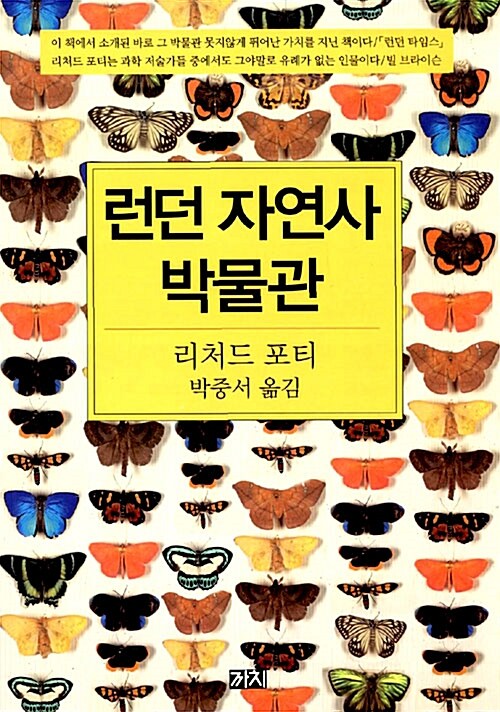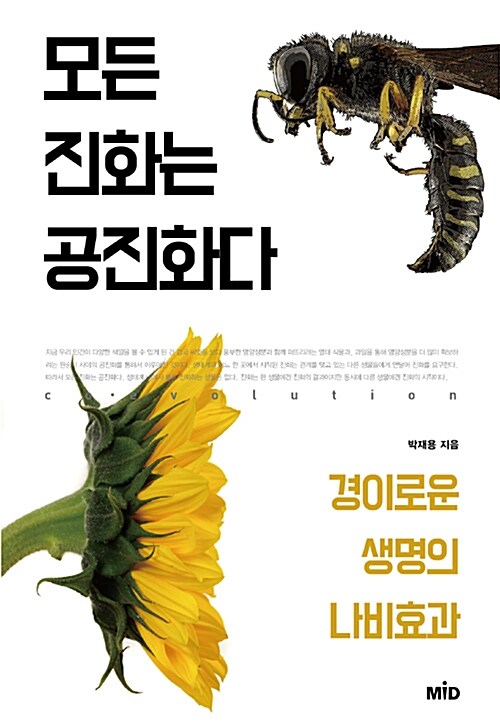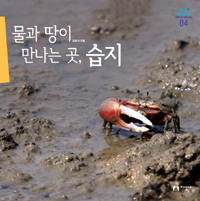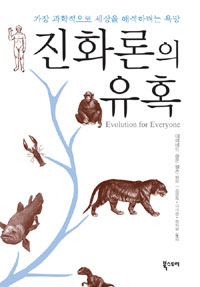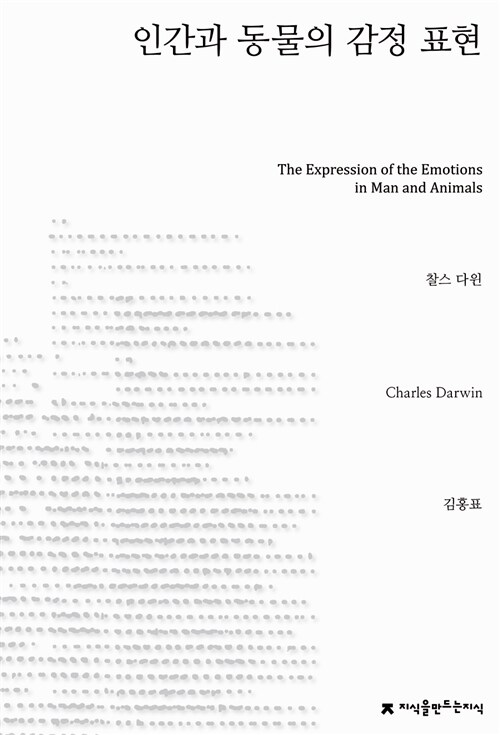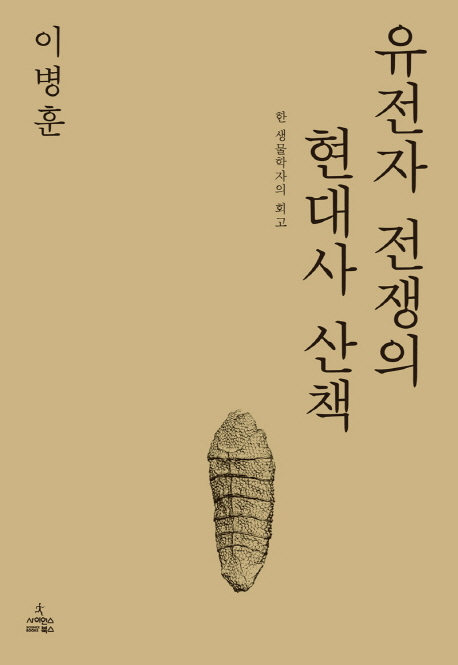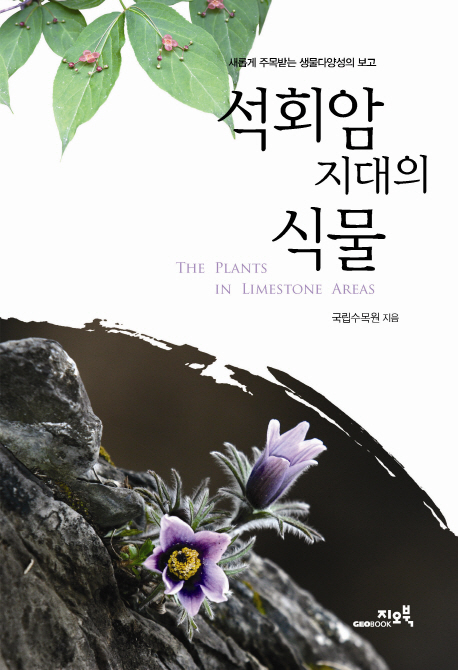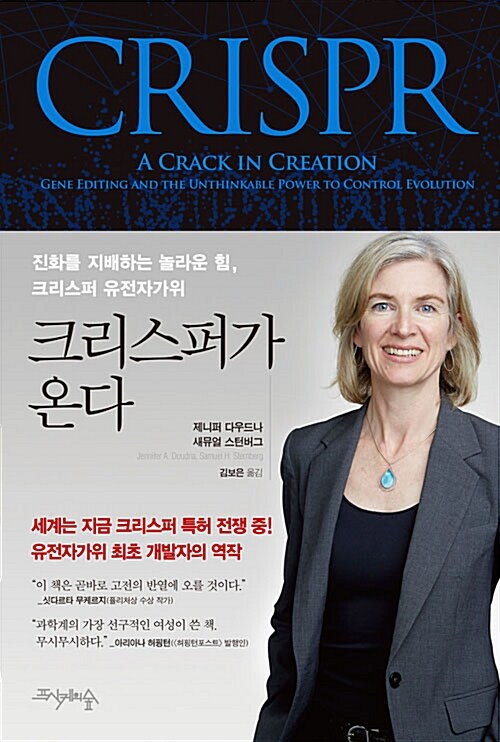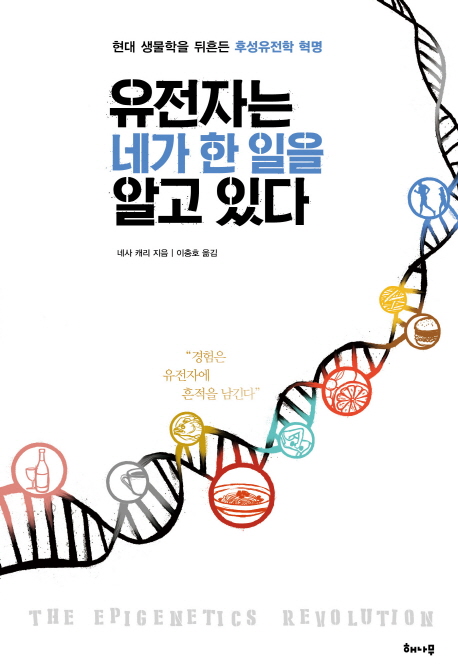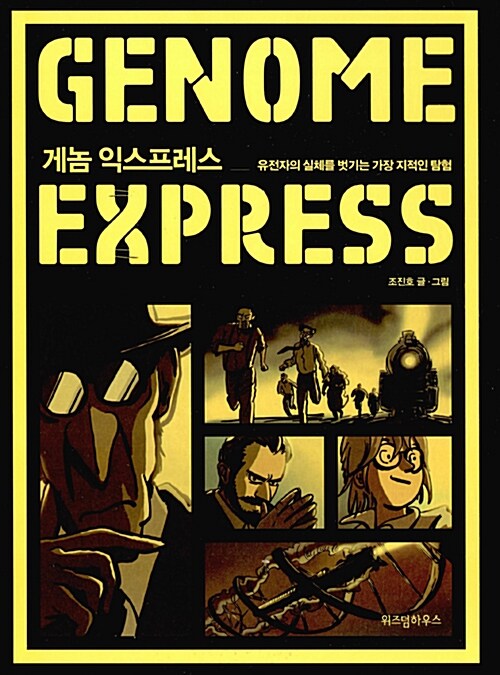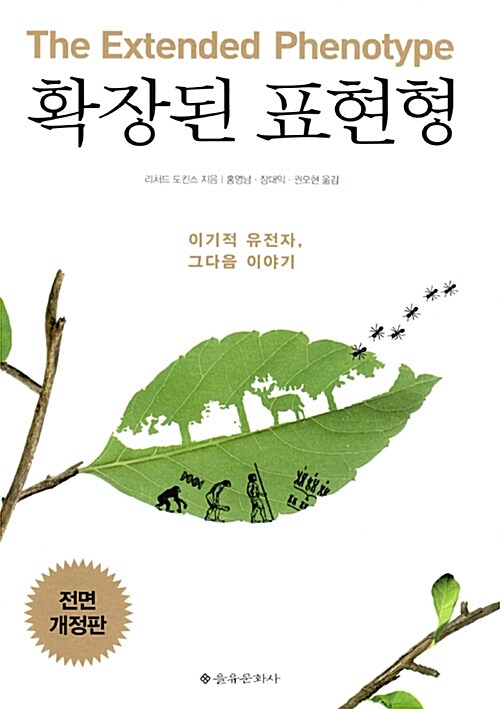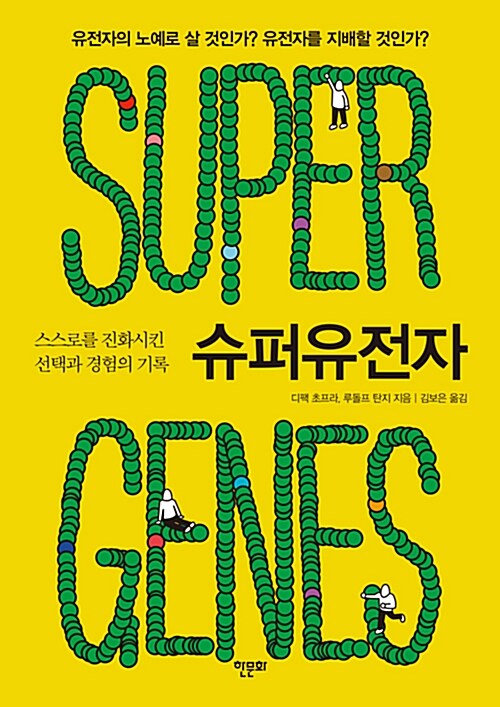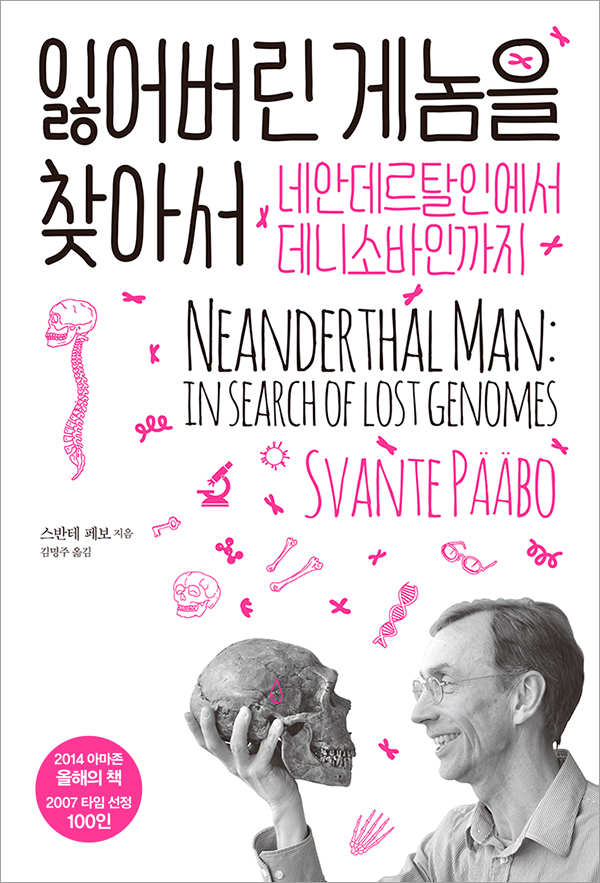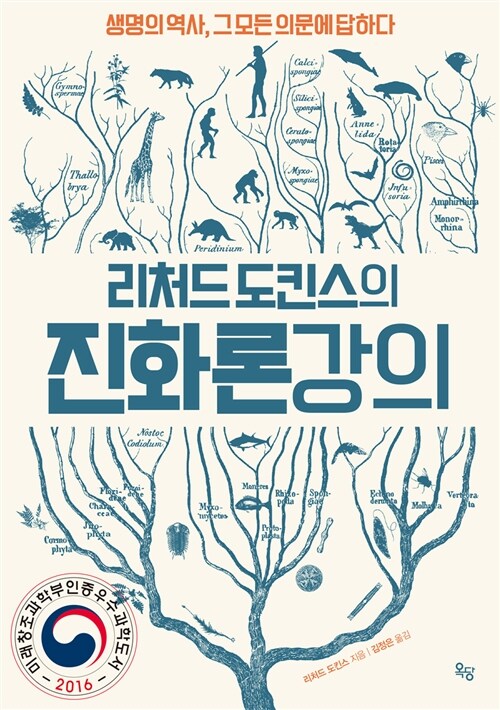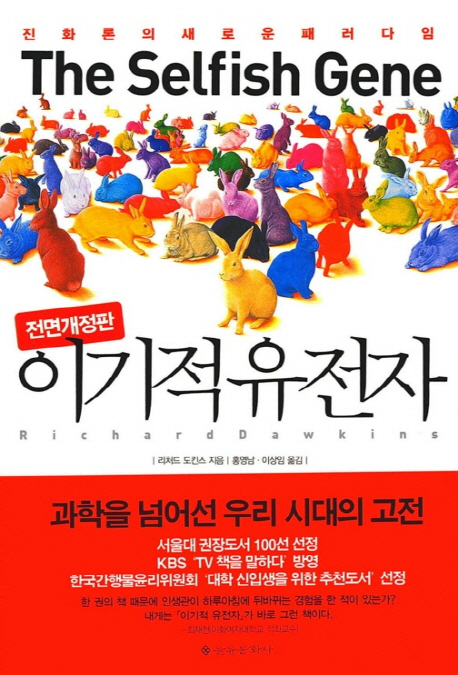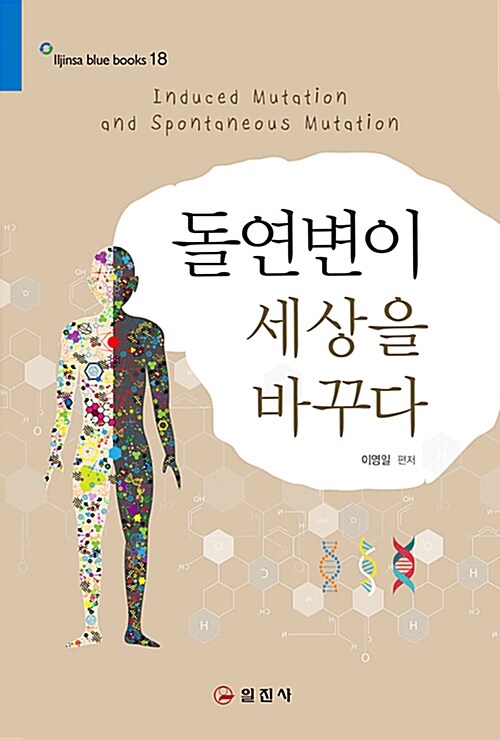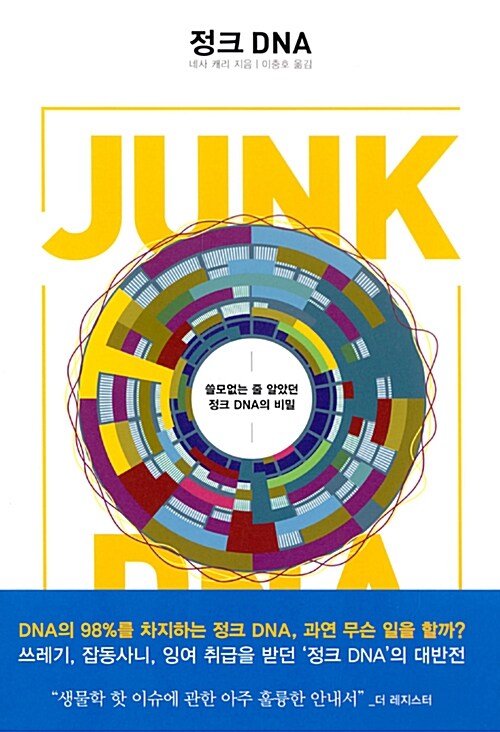신착도서
-

-
발행연도 - 2016 / 지음: 최석용, 노현주, 이한길 [공] / 궁미디어
- 도서관 청라국제도서관
- 자료실 [청라국제]보존서고(일반)
- 부록 부록없음
- 등록번호 CI0000038003
- ISBN 9788975995750
- 형태 239 p. 26 cm
- 한국십진분류 자연과학 > 생명과학 > 생물진화
- 카테고리분류 과학/기술 > 과학의 이해 > 과학사/기술사
전체도서관 소장정보
| 자료실 | 대출상태 | 반납예정일 | 청구기호 | 등록번호 | 자료예약 | 상호대차 | 책마중 | 정보출력 |
|---|
책소개
한국어로 된 친절한 DNA 클로닝 입문서. 이 책은 클로닝에 처음 입문한 사람에게 꼭 필요한 실용적인 정보를 준다.
목차
Ⅰ클로닝이란?
1.1. 클로닝의 정의 17
1.2. 새로운 유전자의 발굴 18
1.3. 과거의 클로닝 20
1.4. 현재의 클로닝 21
Ⅱ 클로닝을 위한 준비
2.1. 클로닝 설계에 유용한 소프트웨어 27
2.2. Vector, Plasmid, Construct & Kozak consensus sequence 31
2.3. Multiple Cloning Sites (MCS) 36
2.4. 제한효소 (Restriction enzyme; RE)와 Star activity 39
2.5. Agarose gel electrophoresis for nucleic acids 47
2.6. LB (Luria-Bertani) plate 만들기 52
2.7. Competent cells 55
2.8. DNA의 질량을 molar 농도로 바꾸는 법 59
2.9. 새로운 plasmid를 받았을 때 60
2.10. cDNA library 62
Ⅲ 클로닝 첫걸음
3.1. Cut & Paste 67
3.2. DNA sequencing & Direct sequencing 80
3.3. 클로닝을 위한 PCR & Nested PCR 85
3.4. Fill-in (Full & Partial) 94
3.5. Compatible cohesive ends 98
3.6. Methylation 100
3.7. Three-piece ligation 109
3.8. Site-directed mutagenesis 112
3.9. 식물 형질 전환 (Plant transformation) 벡터의 구조 119
3.10. rhizobium radiobacter 형질 전환 123
Ⅳ 클로닝 다음 걸음
4.1. 유전자 중간부분에 다른 DNA를 삽입하는 방법 (Insertion)
4.2. 유전자 중간부분을 삭제하는 방법 (Deletion) 131
4.3. 유전자에 epitope tag을 삽입하는 방법 & CRISPR/Cas9 133
4.4. Translational fusion vs. transcriptional fusion 139
Ⅴ 클로닝 마지막 걸음
5.1. 다른 종에서 유사한 유전자를 cloning하는 방법 143
5.2. RACE (rapid amplification of cDNA ends) 146
5.3. BAC recombineering 149
5.4. Old Trick: partial digestion 153
5.5. 벡터의 변경 155
5.6. 클로닝이 다 됐다고 생각했는데, frame shift가 있을 때 158
5.7. 클로닝의 실제: 억세게 운이 없는 경우 160
Ⅵ 클로닝으로 인한 두통을 덜어주는 방법
6.1. TA cloning & T-vector의 제작 173
6.2. TOPO TA cloning 179
6.3. Gateway cloning 182
6.4. Golden gate assembly & Golden gate를 이용해 푸는 직소퍼즐 185
6.5. In-Fusion Sequence-and Ligation-independent Cloning (In-Fusion SLC) 192
6.6. T4 DNA Polymerase Sequence-and Ligation-Independent Cloning (T4 DNA Pol SLIC) 205
6.7. Non-template PCR cloning 211
Ⅶ Cloner에게 주는 조언
7.1. 클로닝이 안될 때 217
7.2. 클로닝의 정리와 기록 220
Appendix 1. 심화학습을 위한 문헌 224
Appendix 2. 약자 226
Appendix 3. index 228
1.1. 클로닝의 정의 17
1.2. 새로운 유전자의 발굴 18
1.3. 과거의 클로닝 20
1.4. 현재의 클로닝 21
Ⅱ 클로닝을 위한 준비
2.1. 클로닝 설계에 유용한 소프트웨어 27
2.2. Vector, Plasmid, Construct & Kozak consensus sequence 31
2.3. Multiple Cloning Sites (MCS) 36
2.4. 제한효소 (Restriction enzyme; RE)와 Star activity 39
2.5. Agarose gel electrophoresis for nucleic acids 47
2.6. LB (Luria-Bertani) plate 만들기 52
2.7. Competent cells 55
2.8. DNA의 질량을 molar 농도로 바꾸는 법 59
2.9. 새로운 plasmid를 받았을 때 60
2.10. cDNA library 62
Ⅲ 클로닝 첫걸음
3.1. Cut & Paste 67
3.2. DNA sequencing & Direct sequencing 80
3.3. 클로닝을 위한 PCR & Nested PCR 85
3.4. Fill-in (Full & Partial) 94
3.5. Compatible cohesive ends 98
3.6. Methylation 100
3.7. Three-piece ligation 109
3.8. Site-directed mutagenesis 112
3.9. 식물 형질 전환 (Plant transformation) 벡터의 구조 119
3.10. rhizobium radiobacter 형질 전환 123
Ⅳ 클로닝 다음 걸음
4.1. 유전자 중간부분에 다른 DNA를 삽입하는 방법 (Insertion)
4.2. 유전자 중간부분을 삭제하는 방법 (Deletion) 131
4.3. 유전자에 epitope tag을 삽입하는 방법 & CRISPR/Cas9 133
4.4. Translational fusion vs. transcriptional fusion 139
Ⅴ 클로닝 마지막 걸음
5.1. 다른 종에서 유사한 유전자를 cloning하는 방법 143
5.2. RACE (rapid amplification of cDNA ends) 146
5.3. BAC recombineering 149
5.4. Old Trick: partial digestion 153
5.5. 벡터의 변경 155
5.6. 클로닝이 다 됐다고 생각했는데, frame shift가 있을 때 158
5.7. 클로닝의 실제: 억세게 운이 없는 경우 160
Ⅵ 클로닝으로 인한 두통을 덜어주는 방법
6.1. TA cloning & T-vector의 제작 173
6.2. TOPO TA cloning 179
6.3. Gateway cloning 182
6.4. Golden gate assembly & Golden gate를 이용해 푸는 직소퍼즐 185
6.5. In-Fusion Sequence-and Ligation-independent Cloning (In-Fusion SLC) 192
6.6. T4 DNA Polymerase Sequence-and Ligation-Independent Cloning (T4 DNA Pol SLIC) 205
6.7. Non-template PCR cloning 211
Ⅶ Cloner에게 주는 조언
7.1. 클로닝이 안될 때 217
7.2. 클로닝의 정리와 기록 220
Appendix 1. 심화학습을 위한 문헌 224
Appendix 2. 약자 226
Appendix 3. index 228
서가브라우징
같은 주제의 책
주요 키워드
통계(나이)
| 나이 | 대출건수 |
|---|---|
| 10대 미만 | 0 |
| 10대 | 0 |
| 20대 | 0 |
| 30대 | 0 |
| 40대 | 0 |
| 50대 | 0 |
| 60대 | 0 |
| 70대 | 0 |
| 80대 | 0 |
| 90대 | 0 |
통계(연도)
| 연도 | 대출건수 |
|---|---|
| 2016년 | 0 |
| 2017년 | 0 |
| 2018년 | 0 |
| 2019년 | 0 |
| 2020년 | 0 |
| 2021년 | 0 |
| 2022년 | 0 |
| 2023년 | 0 |
| 2024년 | 0 |
| 2025년 | 0 |


 통합검색
통합검색 로그인
로그인 회원가입
회원가입



 내 책장 담기
내 책장 담기
 상세보기
상세보기
 미리보기
미리보기


